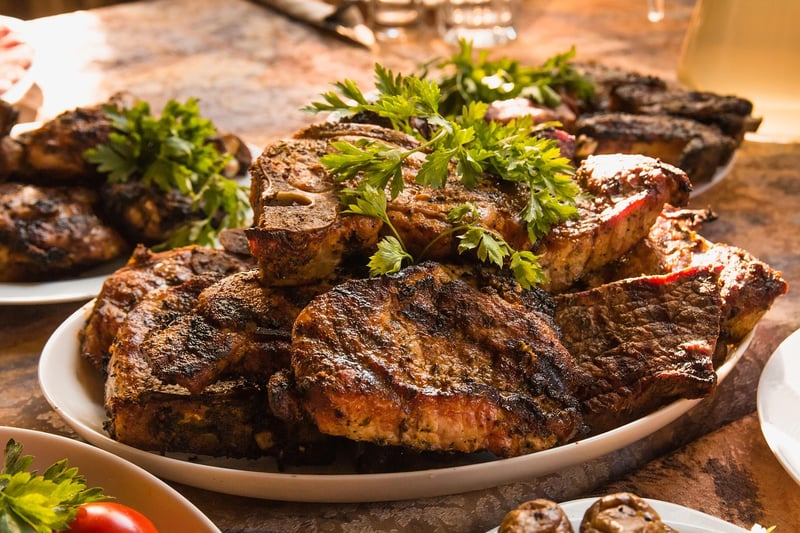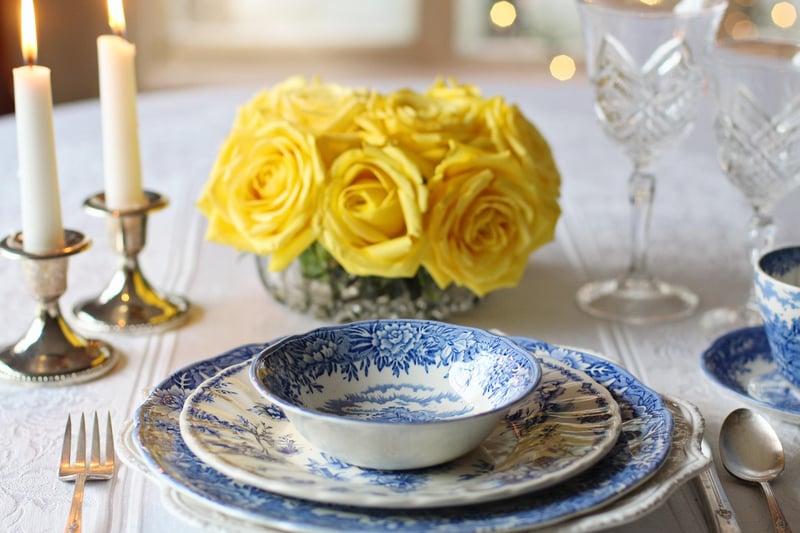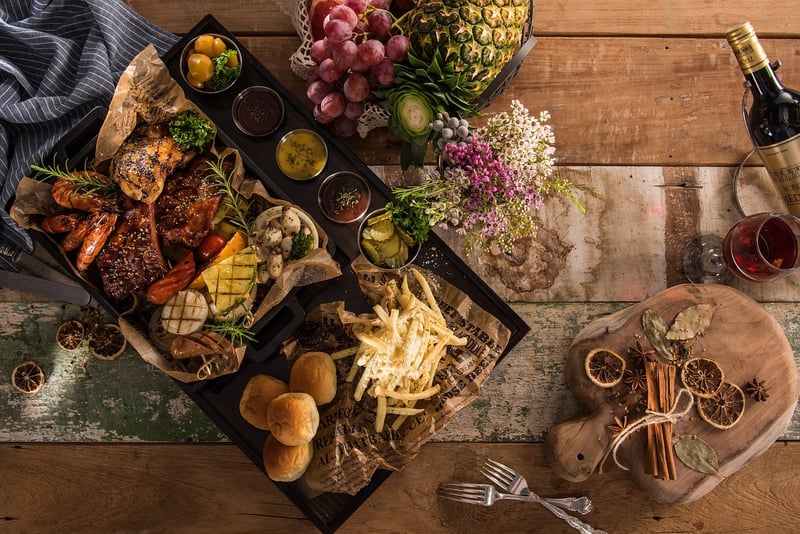Medieval Feasts
Taste the Flavors of Time: Exploring Medieval Feasts
Step back in time and embark on a culinary journey to discover the rich and delectable flavors of medieval feasts. From hearty meats to savory pies, medieval cuisine offers a unique blend of ingredients and cooking techniques that continue to inspire food enthusiasts today.
The Essence of Medieval Cooking
Medieval cooking is characterized by its use of spices, herbs, and a variety of meats. The cuisine often combines sweet and savory flavors, creating dishes that are both complex and delicious. Common ingredients include game meats like venison and rabbit, as well as an array of fruits, nuts, and vegetables.

Feasting Like Royalty
Medieval feasts were grand occasions that brought together nobles, knights, and commoners to indulge in extravagant meals. These feasts featured an abundance of dishes, from roasted meats and stews to pastries and tarts. The presentation of food was also crucial, with elaborate table settings and decorative centerpieces adding to the overall opulence of the event.
Popular Medieval Dishes
- Roast swan with orange and ginger sauce
- Pork pie with figs and honey
- Spiced mulled wine
- Apple and pear tart
Modern Interpretations
While traditional medieval recipes have evolved over time, many chefs and food enthusiasts continue to draw inspiration from this historical period. Modern interpretations of medieval dishes can be found in restaurants and food festivals, offering a taste of the past with a contemporary twist.

Experience a Medieval Feast
Immerse yourself in the world of medieval dining by attending a themed feast or hosting your own medieval-inspired dinner party. Recreate authentic recipes or put a modern spin on classic dishes to delight your guests and transport them back in time.
Join us on a culinary adventure as we rediscover the flavors of time through the sumptuous delights of medieval feasts.
